In Photos: Top Beaches of 2011
Siesta Beach
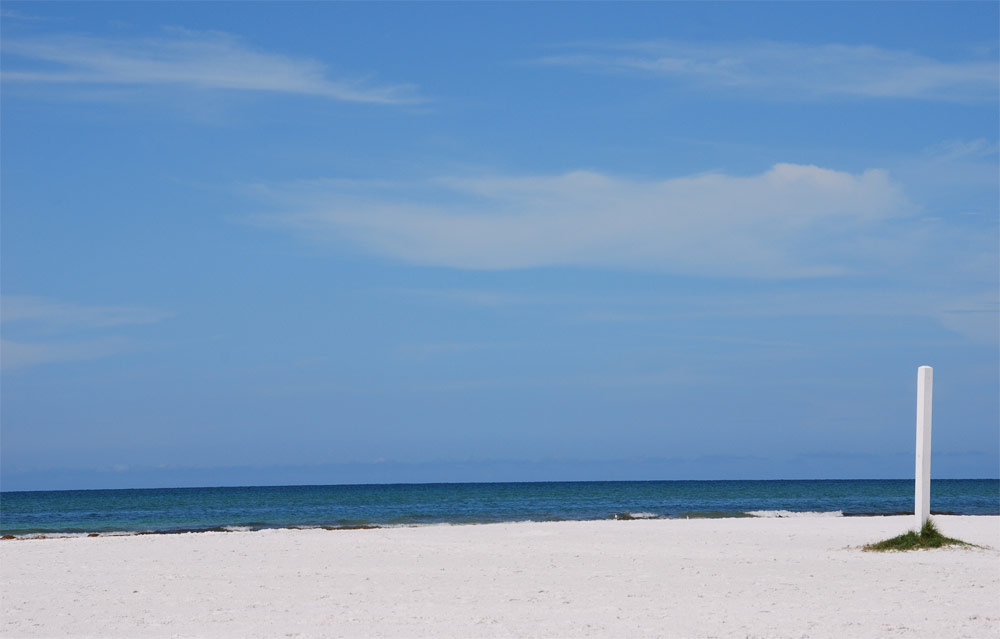
Siesta Beach is located on Siesta Key in Sarasota, Fla., home to the whitest sand in the world. The beach topped the 2011 list for best beaches, which was announced May 27. This is the 21st year of the Best Beaches list, put together by Stephen Leatherman, director of Florida International University's Laboratory for Coastal Research in Miami, who is also called Dr. Beach.
Coronado Beach
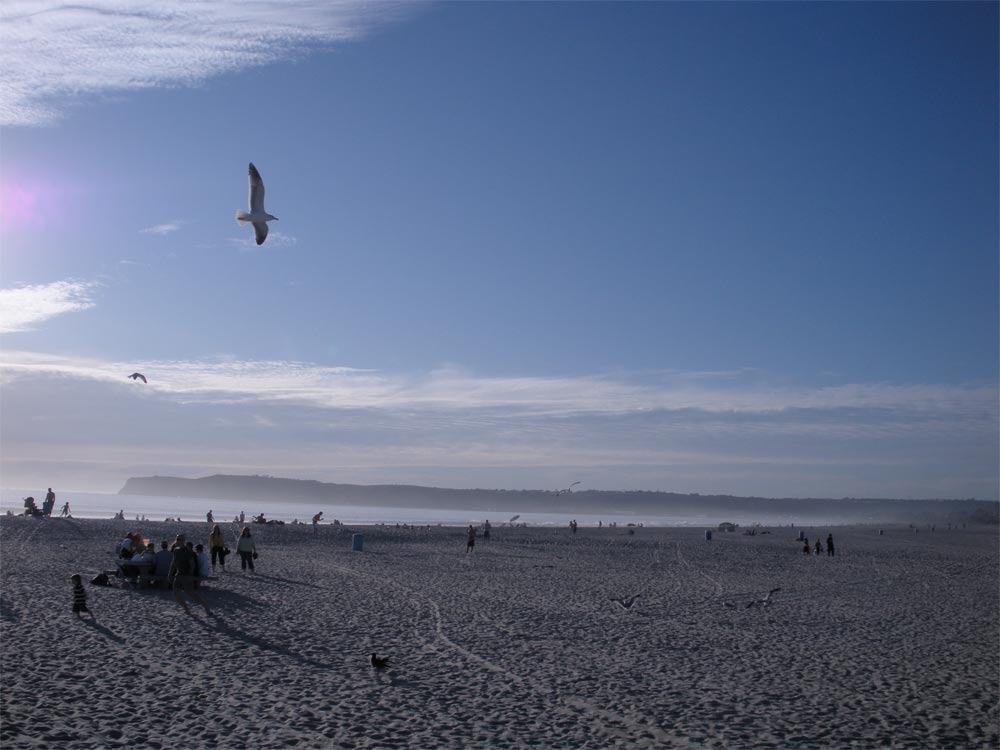
Located in Southern California, Coronado Beach is a sort of oasis by the sea. "With its lush subtropical vegetation, unique Mediterranean climate, and fine sparkling sand, beach-goers flock to this beach for great ship watching and the summer’s mild surf," according to Dr. Beach. The local landmark, Hotel del Coronado, was built over 100 years ago.
Kahanamoku Beach
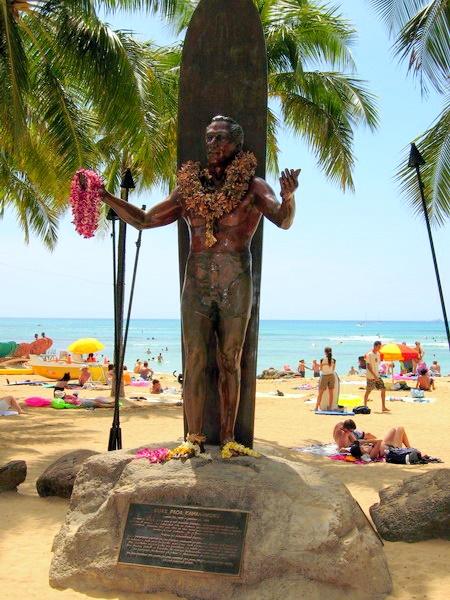
The beach is named in honor of Duke Paoa Kahanamoku (whose statue is shown here) who was a gold medal Olympic swimmer and credited with introducing surfing to the outside world, according to Leatherman. A shallow offshore reef protects Kahanamoku Beach from big waves, making it a great swimming area for families with children.
Main Beach
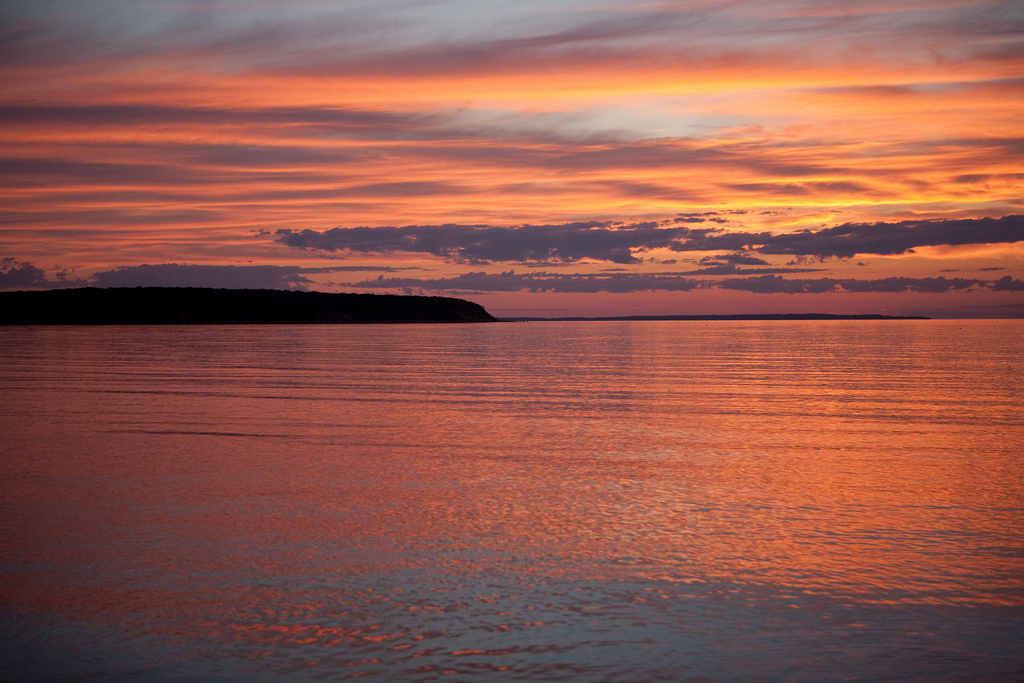
Main Beach is located in East Hampton, N.Y. (a general Hamptons photo shown here), where wealthy summertime residents flock here to the beaches, which are protected by a conservation easement that dates back some 300 years. "The big, wide sandy beach made of quartz has towering sand dunes and beautiful clean and clear blue water," according to Leatherman. In addition to the natural wonders, Main Beach is a great place to spot celebs. Biking is the best way to get around to avoid parking hassles.
Cape Hatteras
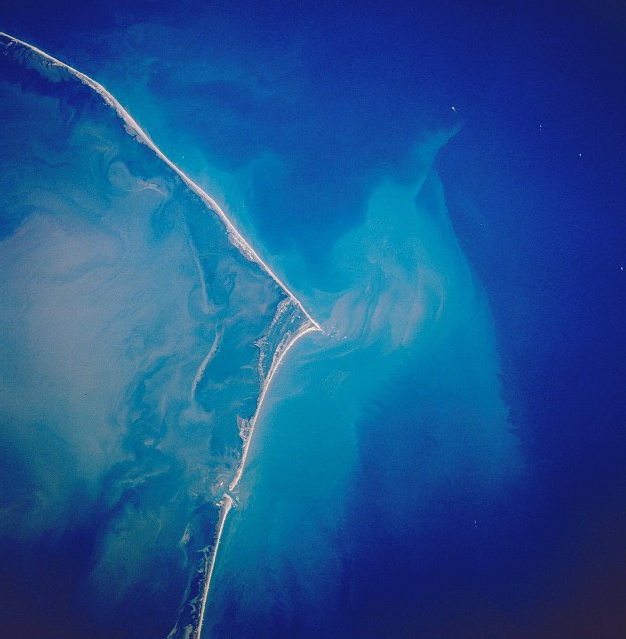
Bulging far offshore of the mainland coast as a barrier island, Cape Hatteras was the first National Seashore, shown here in an aerial image taken in October 1999. The beach offers some of the best surfing along the East Coast and is famous for its lighthouse.
St. George Island
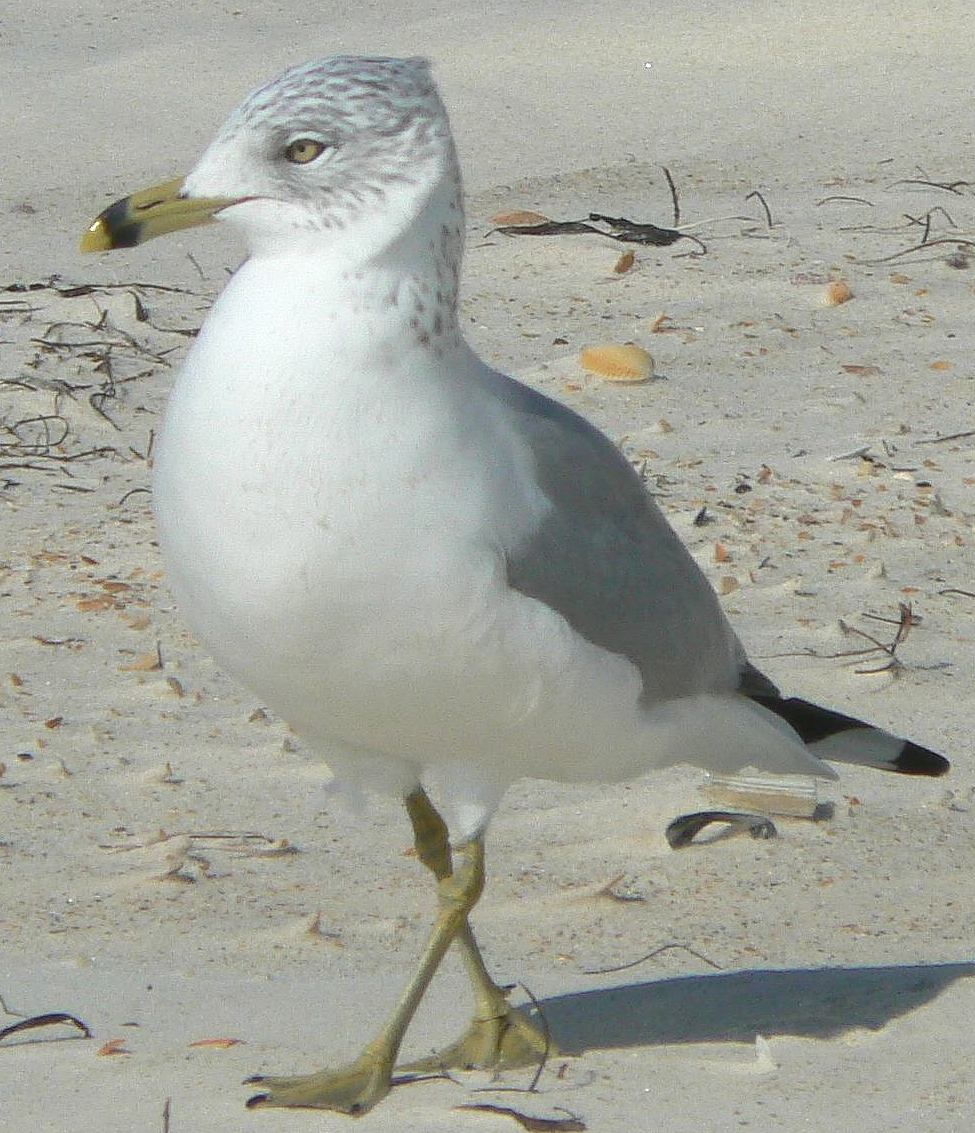
While Florida beaches took a dive on the 2010 list due to the BP oil spill in the Gulf of Mexico, where tarballs on beaches were not uncommon, this year they're back, according to Leatherman. Even so, Leatherman said, the brilliant white sands and clear waters of St. George Island, located in northwestern Florida, were fortunately not even impacted last summer. "Stingrays are sometimes resting in the shallow waters so shuffle your feet when entering," Leatherman said. It's also a great place to see birds, like this ring-billed Gull (Larus delawarensis).
Beachwalker Park
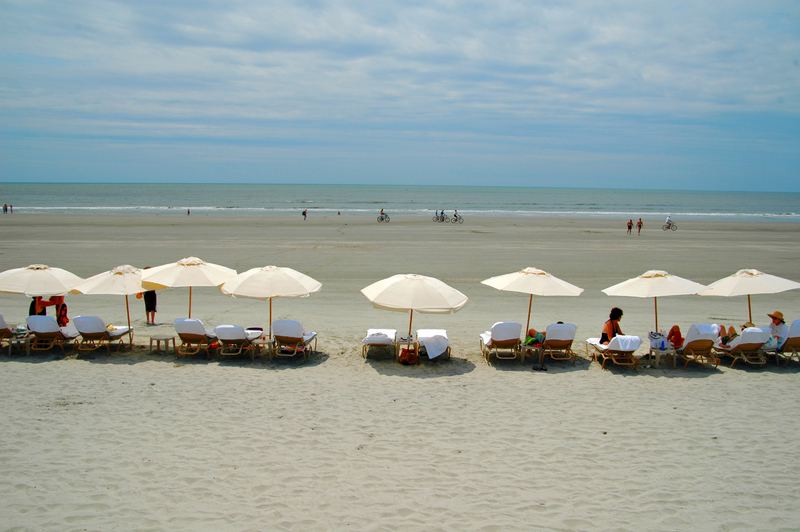
A public beach located on the southern end of Kiawah Island, S.C., the water isn't clear, but it's clean and is a great place for seafood, Leatherman said. Lots of activities here, including tennis, golf, interpretative tours of the fauna and flora of the island, and canoeing and kayaking. Leatherman says the sand is compact enough to bike ride along the 10-mile-long barrier island.
Sign up for the Live Science daily newsletter now
Get the world’s most fascinating discoveries delivered straight to your inbox.
Coast Guard Beach
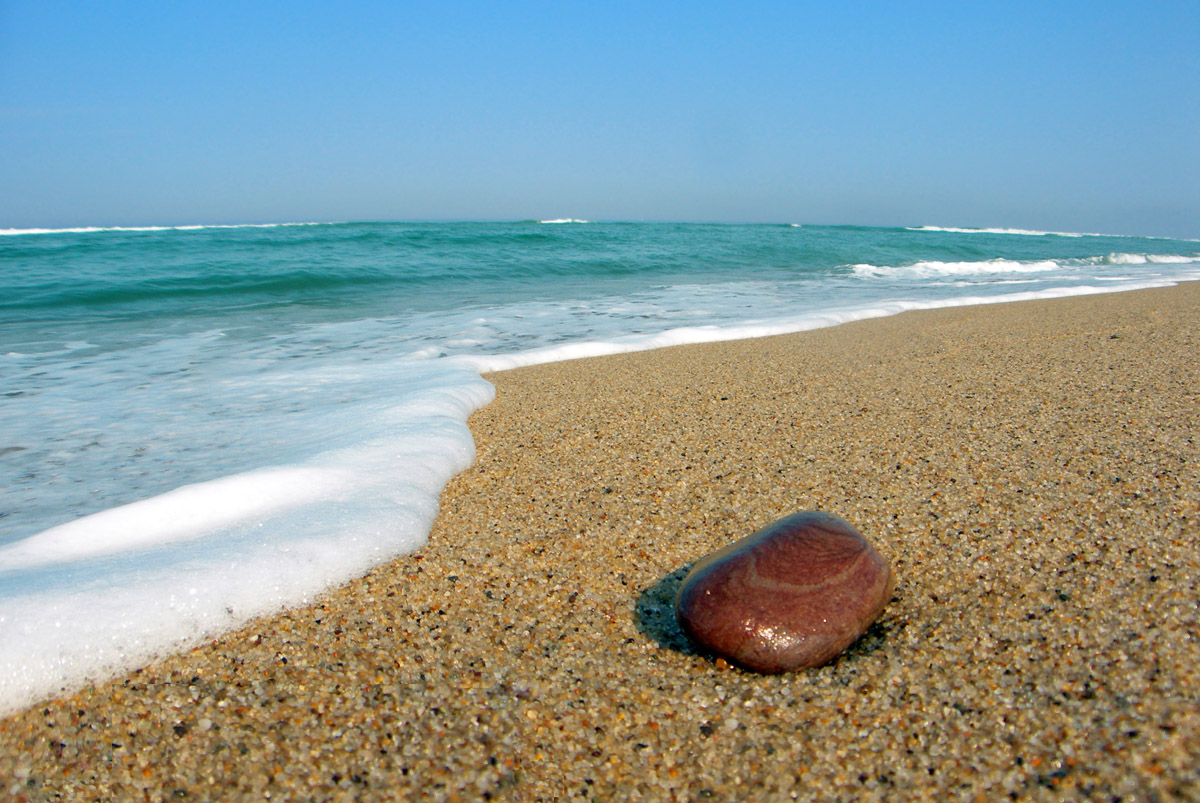
Coast Guard Beach was formed where a sand spit attached to the eroding glacial cliffs, according to Leatherman. Located on Cape Cod in Massachusetts, the sand is fairly coarse, resulting in a beach that slopes steeply into the water, where temperatures only reach 60-70 degrees F.
Waimanalo Bay State Park
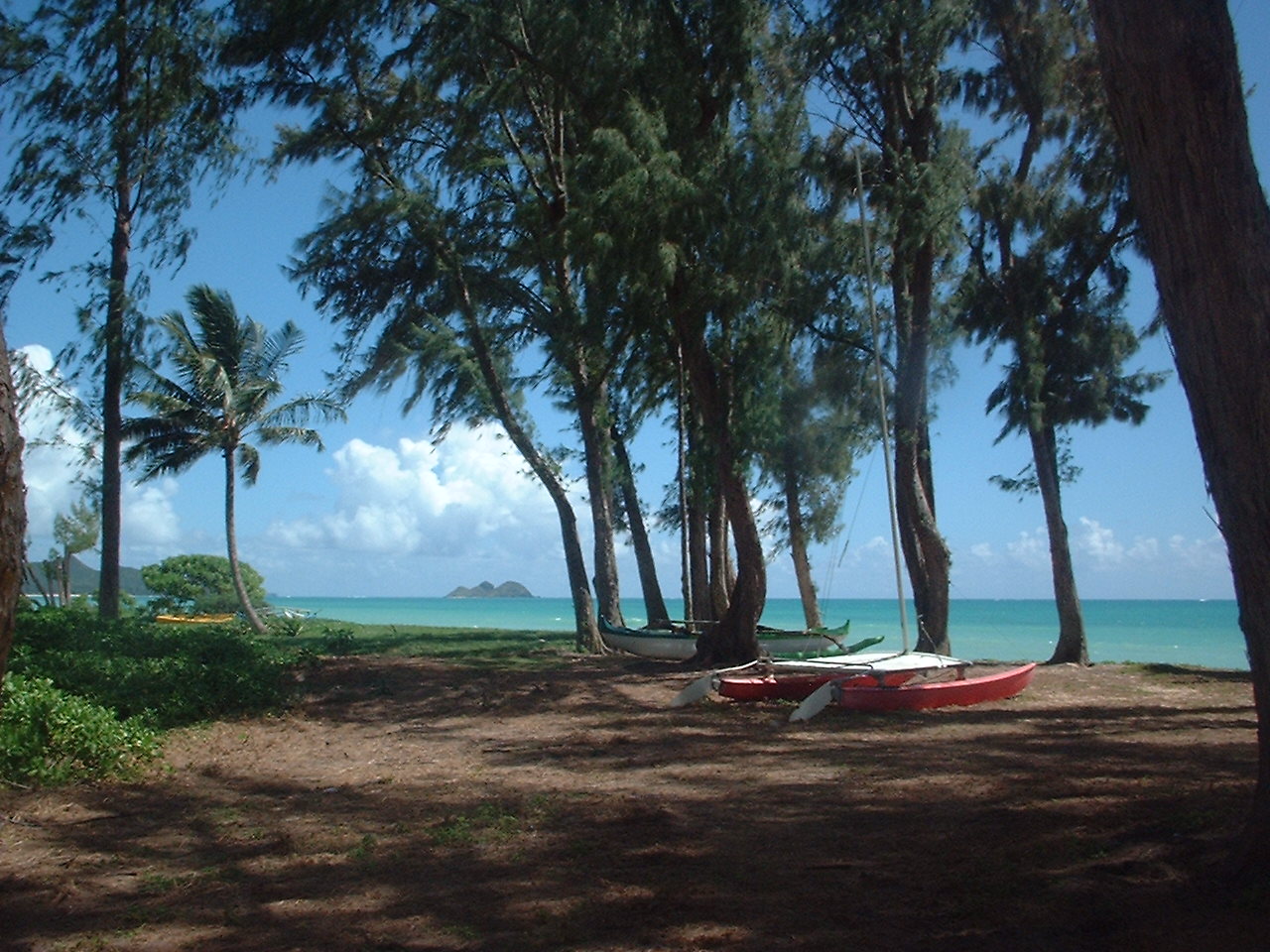
Located on the island of Oahu, Hawaii, this beach park has ample parking, restrooms, outdoor showers, and a good beach for swimming. Leatherman says the beach may not be as stunning as some other Hawaiian paradises, it's save because big waves and dangerous currents are rare and lifeguards are present.
Cape Florida State Park
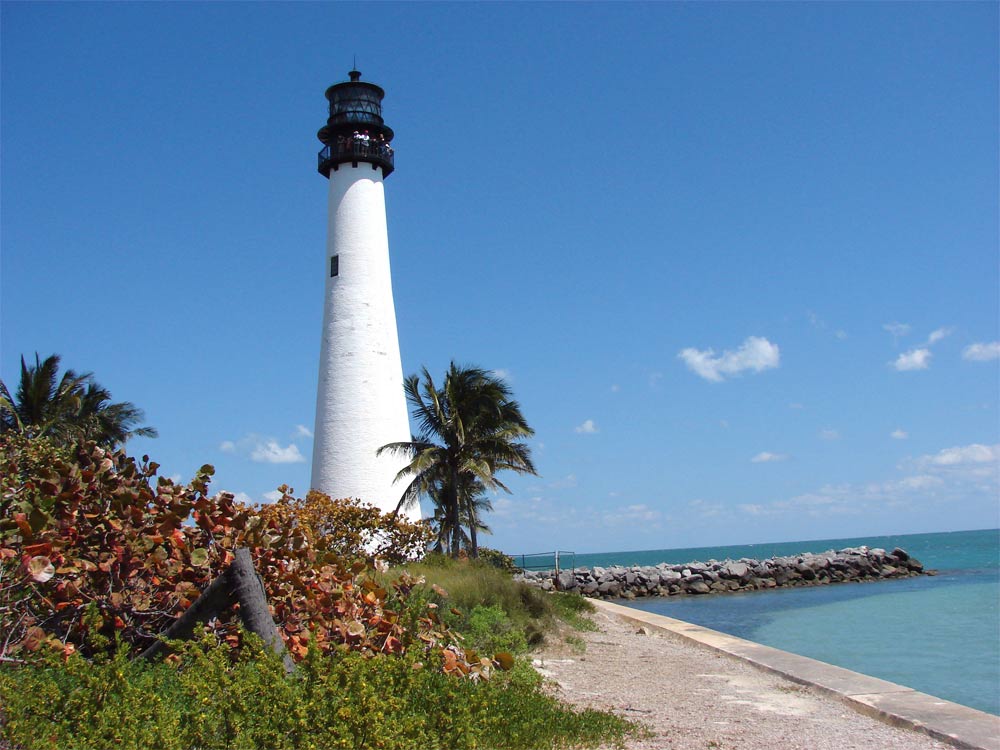
Cape Florida State Park, located at the south tip of Key Biscayne, boasts of emerald-colored water and gentle surf. The white coral sand beach is great for swimming, as a large sand shoal offshore absorbs wave energy. In addition, the Cape Florida Lighthouse (shown here) allows for a great view of the beautiful beach.
Jeanna Bryner is managing editor of Scientific American. Previously she was editor in chief of Live Science and, prior to that, an editor at Scholastic's Science World magazine. Bryner has an English degree from Salisbury University, a master's degree in biogeochemistry and environmental sciences from the University of Maryland and a graduate science journalism degree from New York University. She has worked as a biologist in Florida, where she monitored wetlands and did field surveys for endangered species, including the gorgeous Florida Scrub Jay. She also received an ocean sciences journalism fellowship from the Woods Hole Oceanographic Institution. She is a firm believer that science is for everyone and that just about everything can be viewed through the lens of science.










